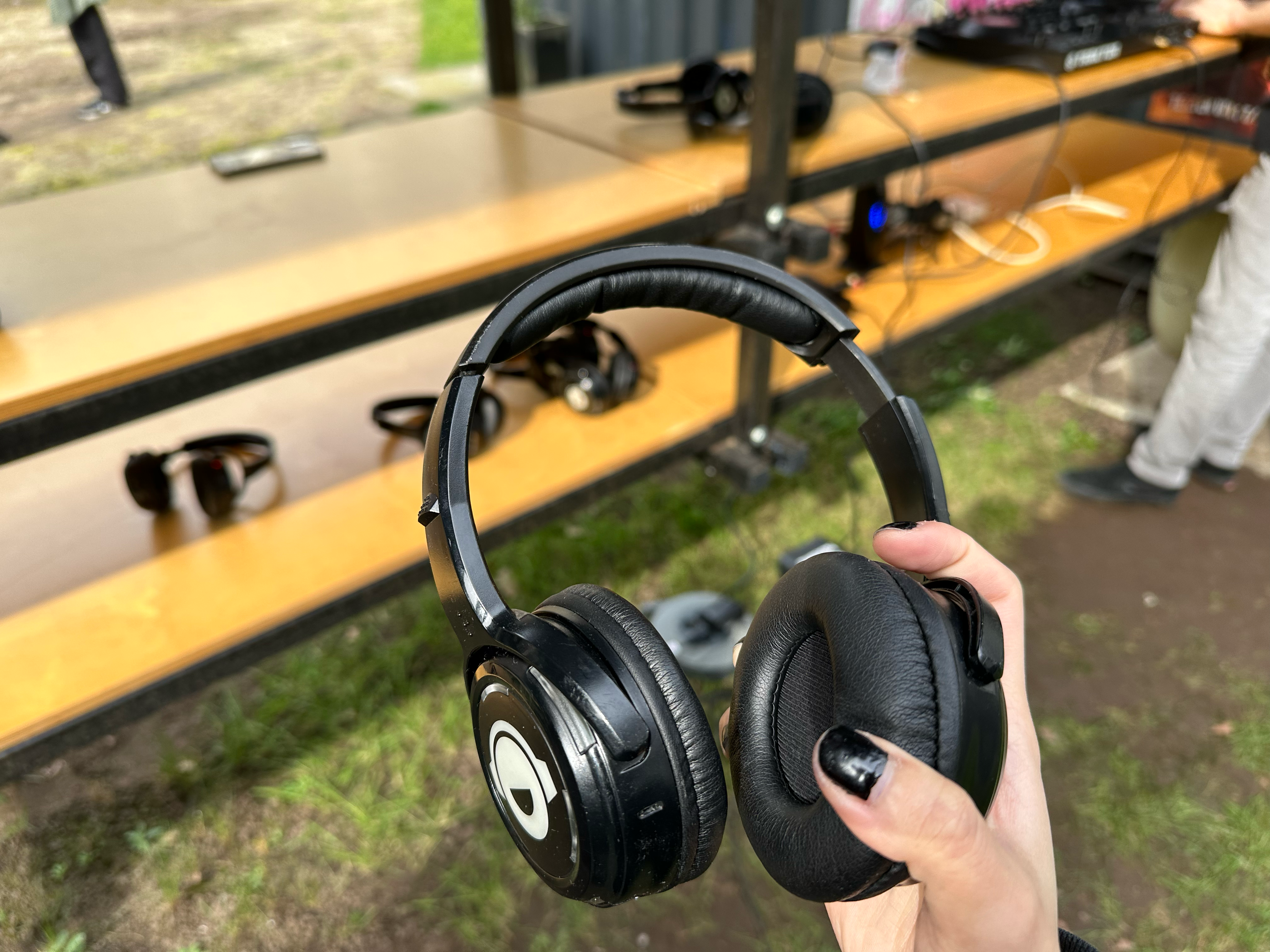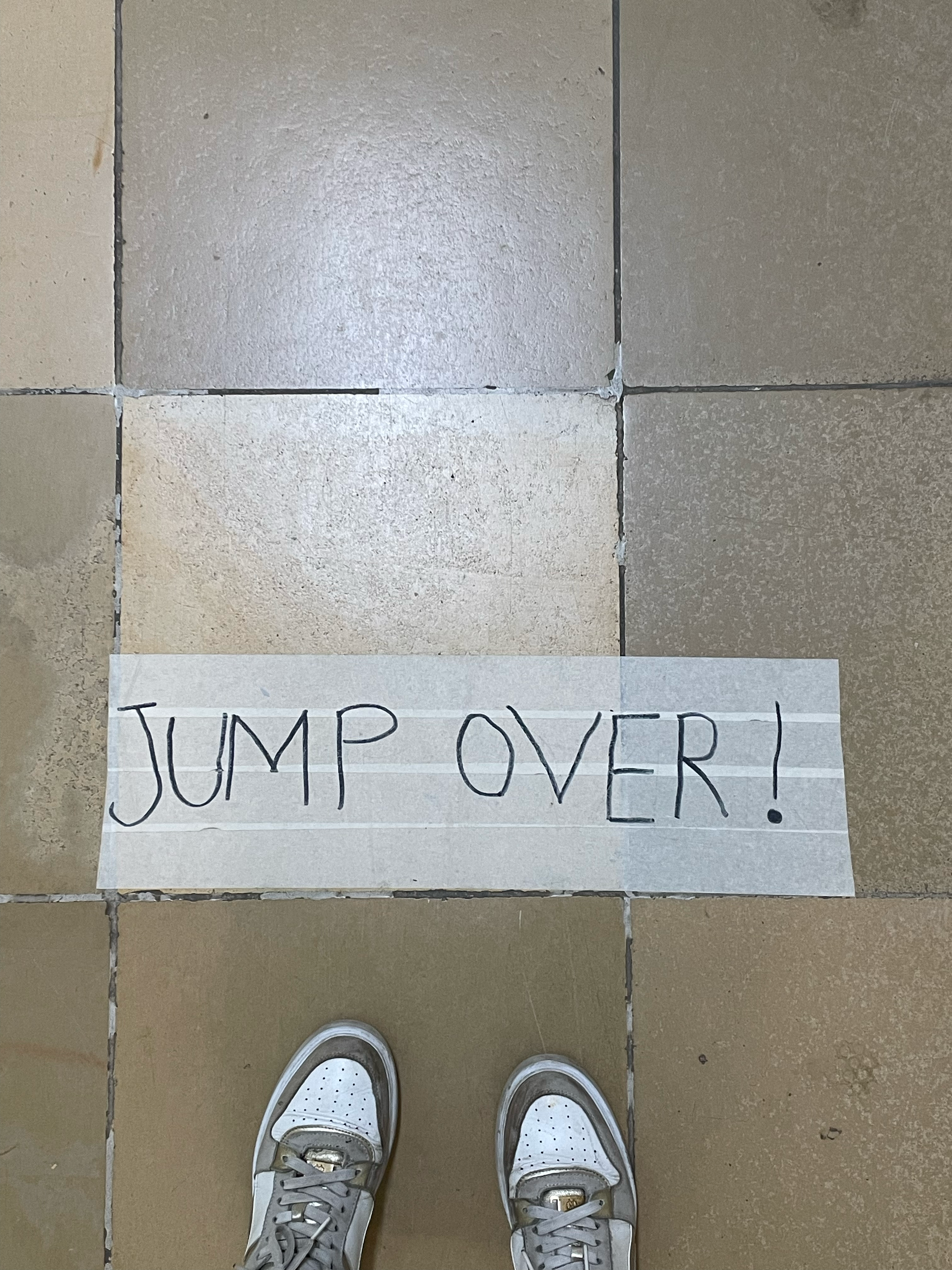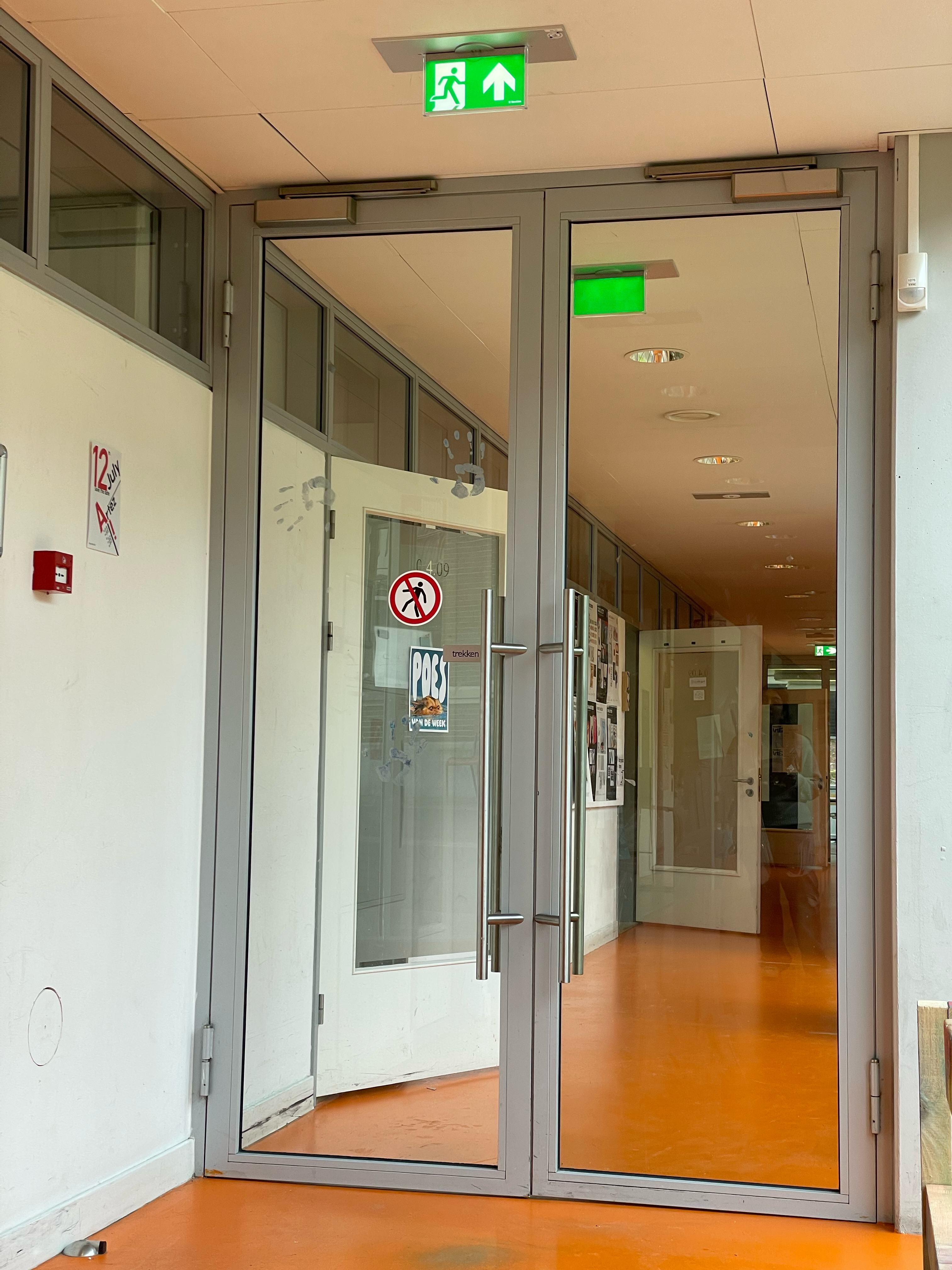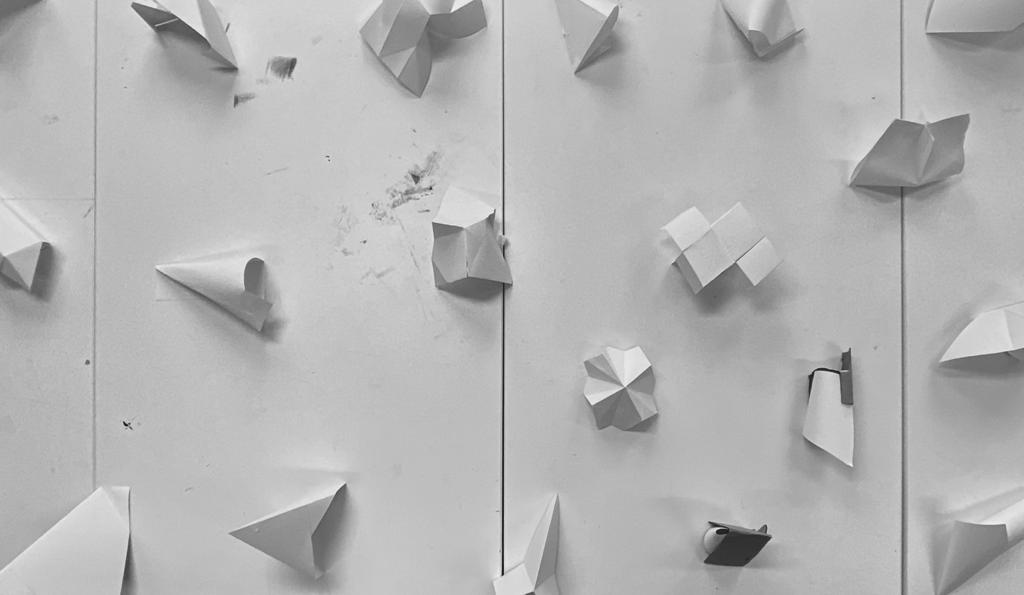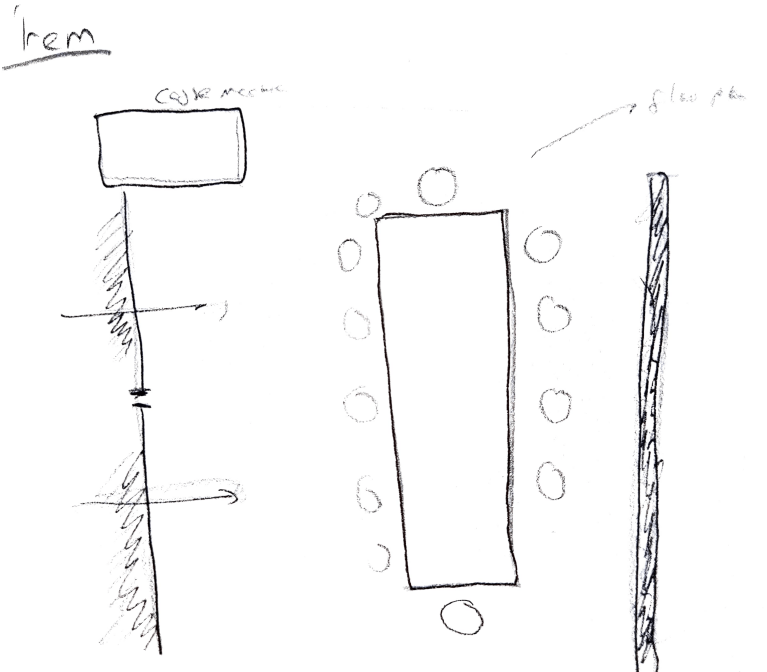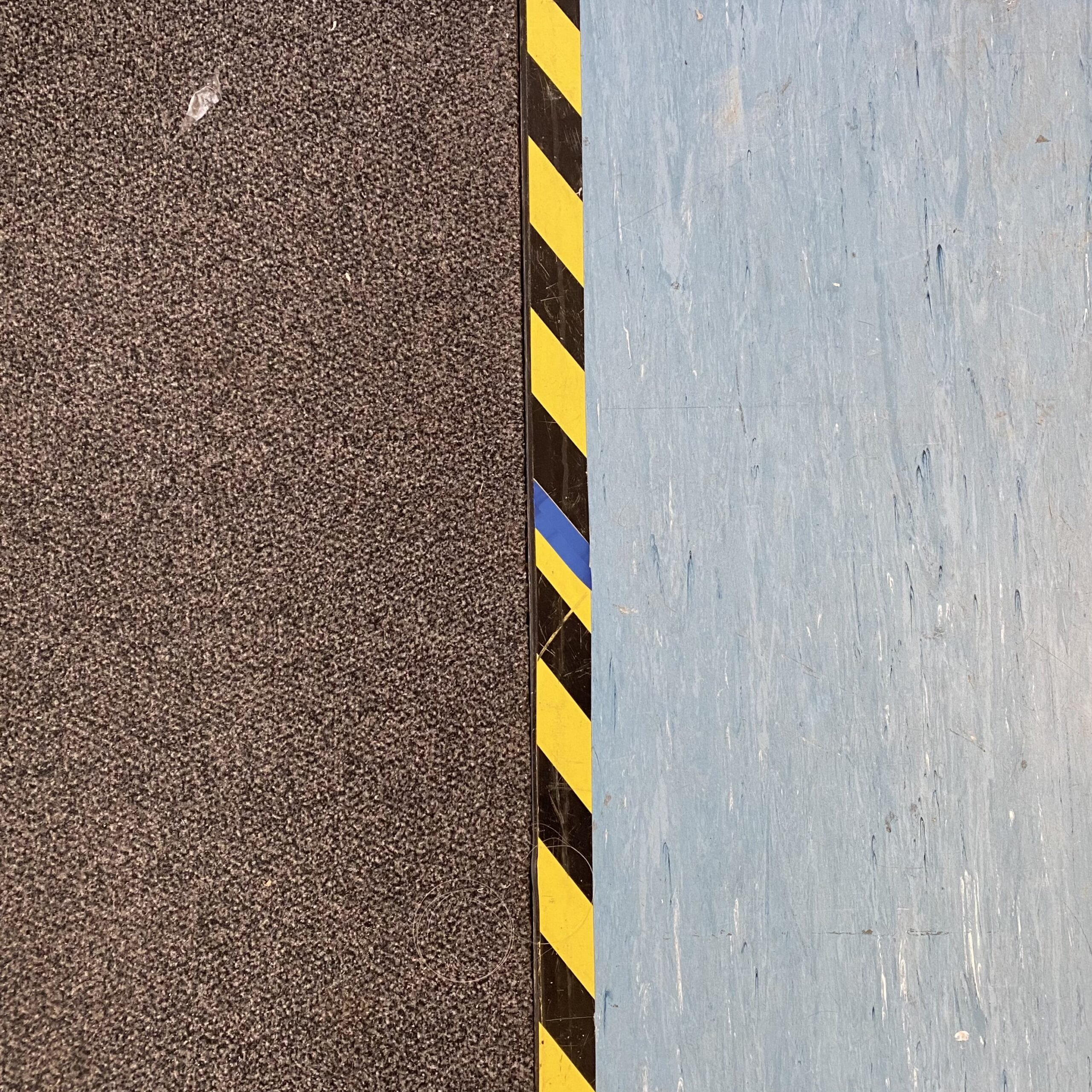Research Question:
How do different elements of sound (speed, tune, quality) influence movement patterns and spatial perception in individuals?
Experiment
We conducted an experiment to explore the relationship between sound, space, and movement. Participants listened to different repetitive sounds produced by various objects, such as balls moving in circular patterns. They moved through a space, simplifying their movements into various shapes such as circles, vertical lines, horizontal lines, squares, zigzags, and points. The aim was to investigate how different elements of sound such as speed, tune, and quality affect movement and spatial perception.
Findings
- Sound Quality and Movement Quality: There is a relationship between the type of sound that is heard in terms of pitch and the type of movement in space (circular and circular or linear)
- Sound Speed and Movement Dynamics: Faster repetitive sounds tend to induce quicker, more abrupt movements such as zigzags or rapid points, whereas slower sounds encourage smoother, more continuous movements like circles or horizontal lines. This suggests a correlation between the tempo of a sound and the fluidity of the corresponding movement.
- Tune and Movement Shape: High-pitched sounds were often associated with vertical movements or upward gestures, while low-pitched sounds prompted horizontal or downward movements. This indicates that the pitch of a sound can influence the directional tendency of movements within a space.


